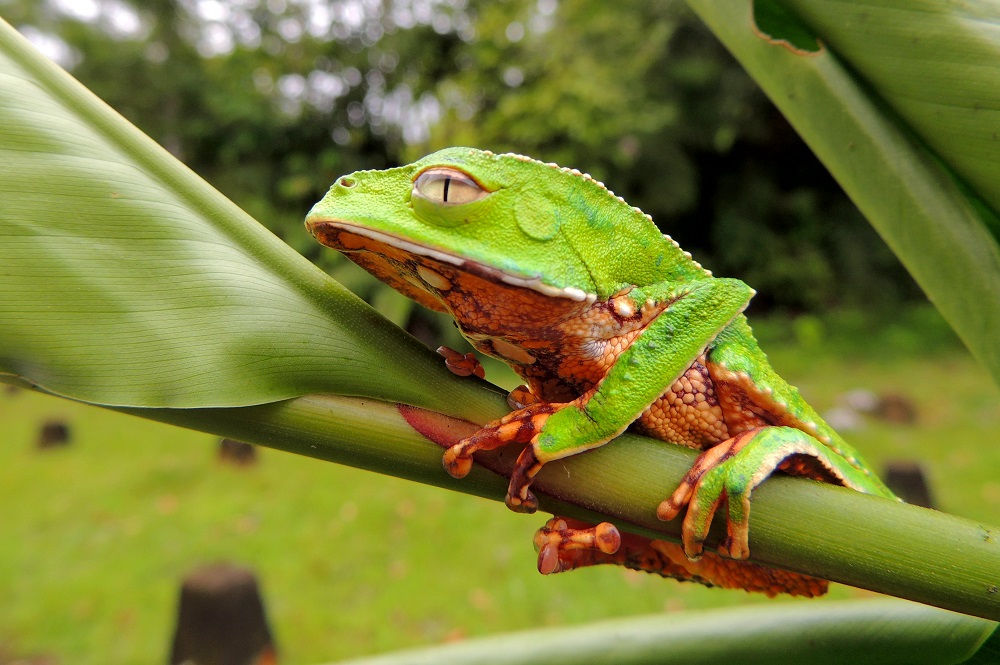The Yasuní National Park is a protected area in Ecuador that covers more than 10,000 square kilometers of tropical rainforest. It is located in the Amazon Basin, between the Napo and Curaray rivers, near the border with Peru. The park was declared a UNESCO Biosphere Reserve in 1989 and is considered one of the most biodiverse places on Earth.
The park is home to thousands of species of plants, animals, and insects, many of which are endemic or endangered. Some of the iconic wildlife that can be found in the park include jaguars, ocelots, tapirs, monkeys, macaws, toucans, caimans, anacondas, and piranhas. The park also hosts two uncontacted indigenous groups, the Tagaeri and the Taromenane, who live in voluntary isolation from the outside world.
The Yasuní National Park is not only a natural treasure but also a cultural and historical one. The park is part of the ancestral territory of the Huaorani people, who have lived in harmony with the forest for centuries. The park also preserves archaeological sites that date back to pre-Columbian times, such as petroglyphs and pottery.
The Yasuní National Park is a destination for ecotourism, scientific research, and environmental education. Visitors can explore the park by boat, canoe, or on foot, accompanied by naturalist guides and local communities. There are several lodges and research stations that offer accommodation and facilities for tourists and researchers. Some of the attractions that can be enjoyed in the park are birdwatching, wildlife viewing, hiking, canoeing, fishing, and cultural exchanges.
The Yasuní National Park is a place of beauty and wonder that deserves to be protected and respected. It is a living example of the richness and diversity of life on our planet.

